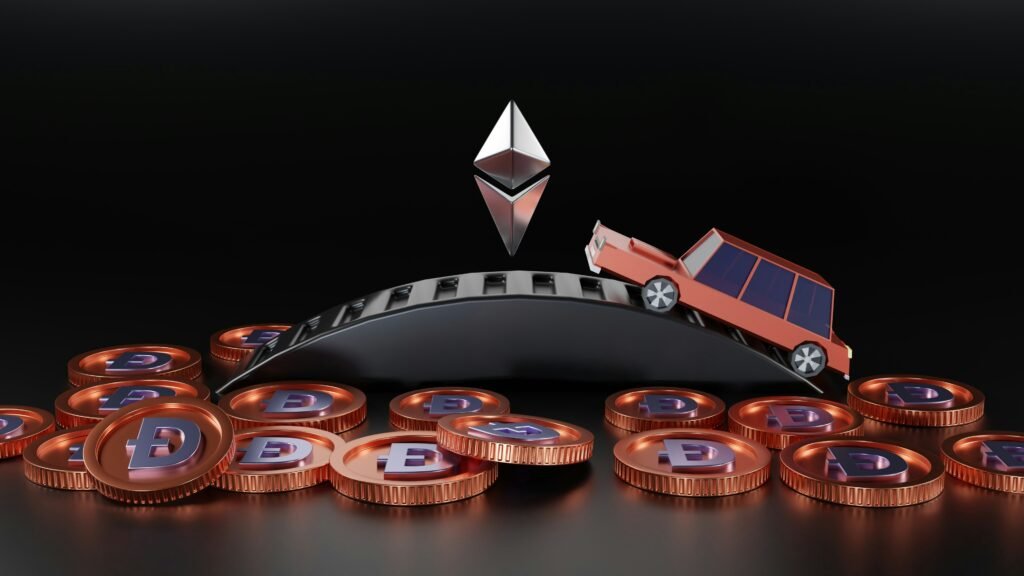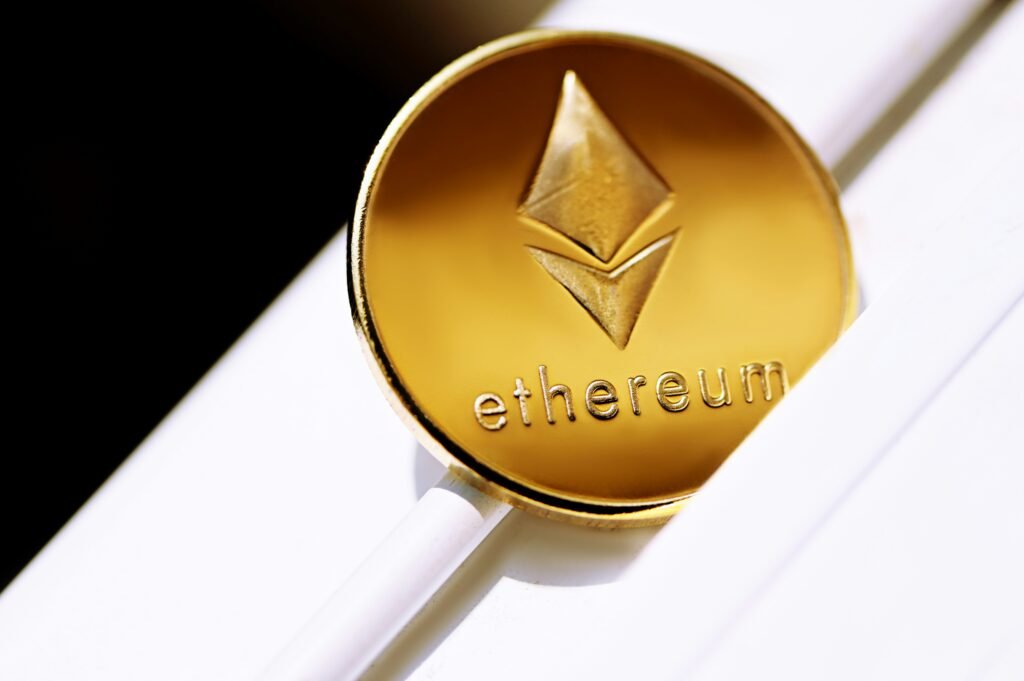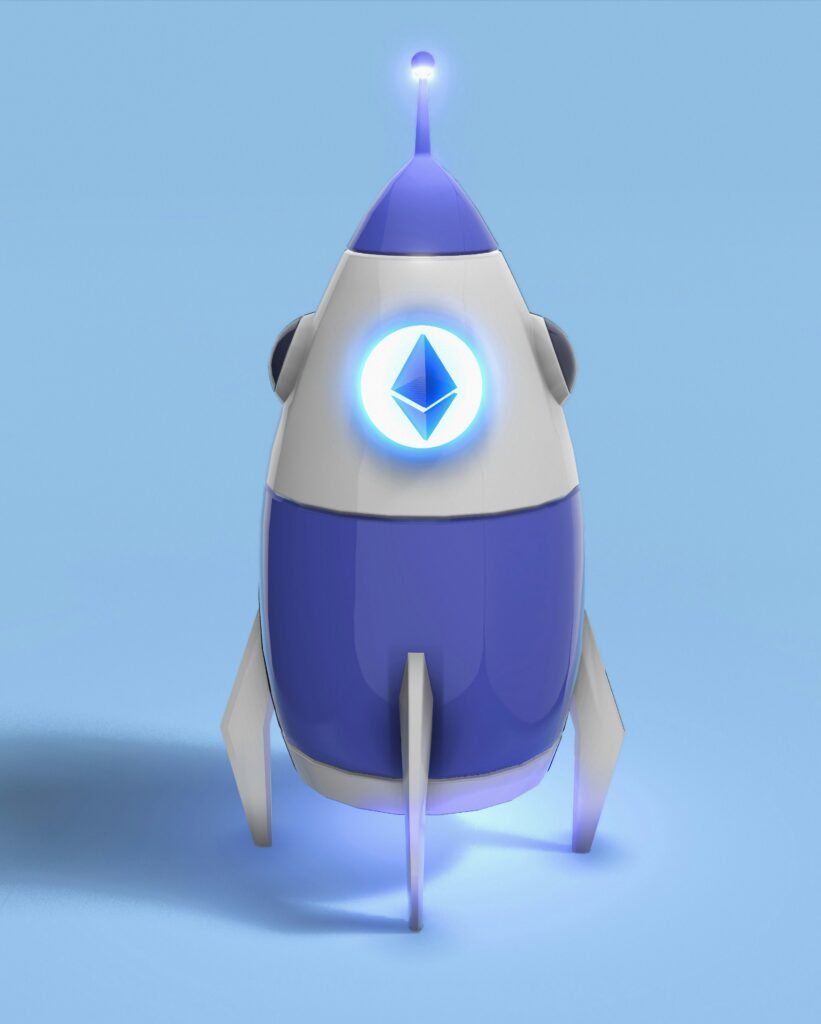By BlockAI
Lead: Ethereum is a programmable blockchain platform that launched in 2015 and changed how people build on-chain apps. Who created Ethereum includes Vitalik Buterin and co-founders working with the Ethereum Foundation. What Ethereum does is run smart contracts for DeFi, NFTs, dApps and DAOs. When major upgrades like the Beacon Chain, The Merge and the Shanghai upgrade arrived, Ethereum shifted toward Proof-of-Stake and lower emissions. Where Ethereum runs is on a global network of nodes, and why Ethereum matters is its ability to replace intermediaries and enable programmable money. How Ethereum works depends on validators, consensus, and scaling solutions like rollups and ETH 2.0 upgrades.
Who built Ethereum
Ethereum began with a 2013 whitepaper by Vitalik Buterin and launched publicly in 2015. The Ethereum Foundation and early contributors like Gavin Wood and Joseph Lubin helped turn the concept into code. Today, developers, validators, token holders and DAOs all participate in maintaining Ethereum. Community-led research teams guide upgrades and layer-two builders expand capacity across the Ethereum ecosystem.
What Ethereum does
At its core, Ethereum executes smart contracts — self-executing code with transparent conditions. These contracts power decentralized finance (DeFi) protocols that lend, trade, and yield farm without central intermediaries. NFTs live on Ethereum as unique tokens that represent art, collectibles and on-chain identity. Developers ship dApps on Ethereum to create games, marketplaces, and financial tools that anyone can use.
When Ethereum evolved
Key milestones shaped Ethereum’s path. The DAO hack and hard fork in 2016 tested governance and security on Ethereum. The 2020 Beacon Chain started the long migration to Proof-of-Stake, culminating in The Merge in 2022. The Shanghai upgrade in 2023 made staking more flexible, and future updates such as Dencun and Pectra aim to further scale Ethereum. These steps mark a steady roadmap toward ETH 2.0 goals.
Why Ethereum matters
Ethereum matters because it lets code enforce agreements without intermediaries. That enables new business models for finance, art, and governance through DAOs and composable DeFi stacks. By moving to Proof-of-Stake, Ethereum cut energy use and opened validator participation to more users. The platform’s open, permissionless design encourages innovation and network effects, making Ethereum a foundation for much of today’s blockchain activity.
How Ethereum secures and scales
After The Merge, Ethereum uses Proof-of-Stake where validators stake ETH to propose and attest to blocks. The Beacon Chain coordinates validators and finality for the main Ethereum chain. To solve high fees and throughput limits, builders use rollups and layer-two protocols that batch transactions off-chain and settle on Ethereum. ETH 2.0 upgrades pair protocol-level changes with rollups to improve scalability and lower user costs.
Ethereum in action: DeFi, NFTs, dApps
DeFi on Ethereum includes decentralized exchanges, lending platforms, and automated market makers that run on smart contracts. NFTs and dApps use the same foundational primitives to mint tokens and power user experiences without centralized gatekeepers. DAOs on Ethereum allow token-based governance where communities vote on protocol upgrades, treasury management and product roadmaps.
Getting started with Ethereum
To use Ethereum you need a wallet that supports ETH and ERC-20 tokens. Start with a small amount, learn how gas fees work, and experiment on testnets before moving large funds. Explore DeFi apps and NFT marketplaces cautiously, and prioritize audits, multisig wallets, and well-known projects. Remember that interacting with smart contracts means trusting code, so read documentation and community discussion.
Risks and future of Ethereum
Ethereum faces challenges like smart contract bugs, scaling complexity, and regulatory uncertainty. Rollups and ETH 2.0 updates target technical limits, while community governance debates economics and fees. The platform’s future upgrades aim to make Ethereum faster, cheaper, and more accessible, which could widen adoption across finance, gaming, and enterprise.
Conclusion
Ethereum remains the most active programmable blockchain for smart contracts, DeFi, NFTs, dApps and DAOs. From Vitalik Buterin’s whitepaper to the Beacon Chain and The Merge, Ethereum has evolved to be more energy-efficient and modular. With rollups and ETH 2.0 upgrades on the roadmap, Ethereum seeks to keep pace with user demand while preserving decentralization.
Frequently asked questions about Ethereum (FAQ)
What is Ethereum used for?
Ethereum is used to run smart contracts that power DeFi applications, mint NFTs, host dApps, and support DAOs without intermediaries.
How did The Merge change Ethereum?
The Merge switched Ethereum from Proof-of-Work to Proof-of-Stake, reducing energy use and changing how the network secures blocks via validators and the Beacon Chain.
What are rollups and why do they matter for Ethereum?
Rollups are layer-two solutions that batch transactions off-chain and post proofs to Ethereum, lowering gas costs and improving throughput.
Who manages Ethereum upgrades like Shanghai and ETH 2.0?
Upgrades are driven by the developer community, EIPs, and coordination from groups including the Ethereum Foundation, with input from validators and ecosystem builders.
Is Ethereum safe for newcomers?
Ethereum’s network is mature, but newcomers should start small, use audited apps, and learn about wallets, gas fees, and contract risks before committing large funds.



